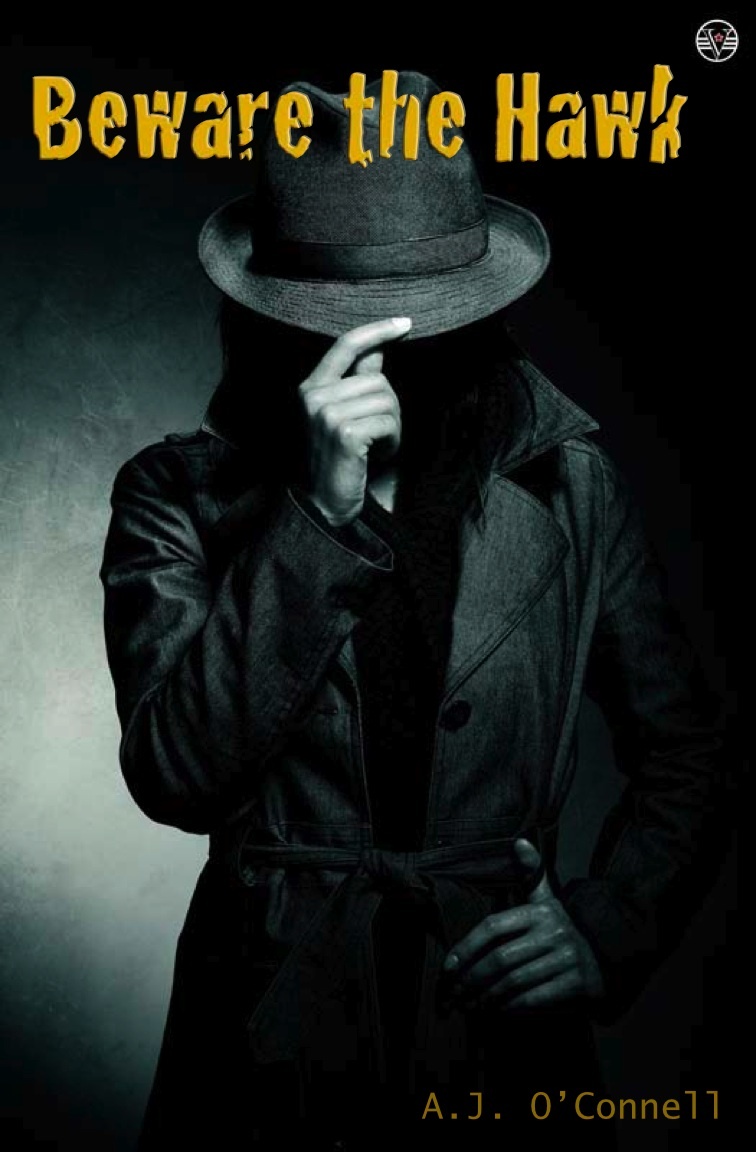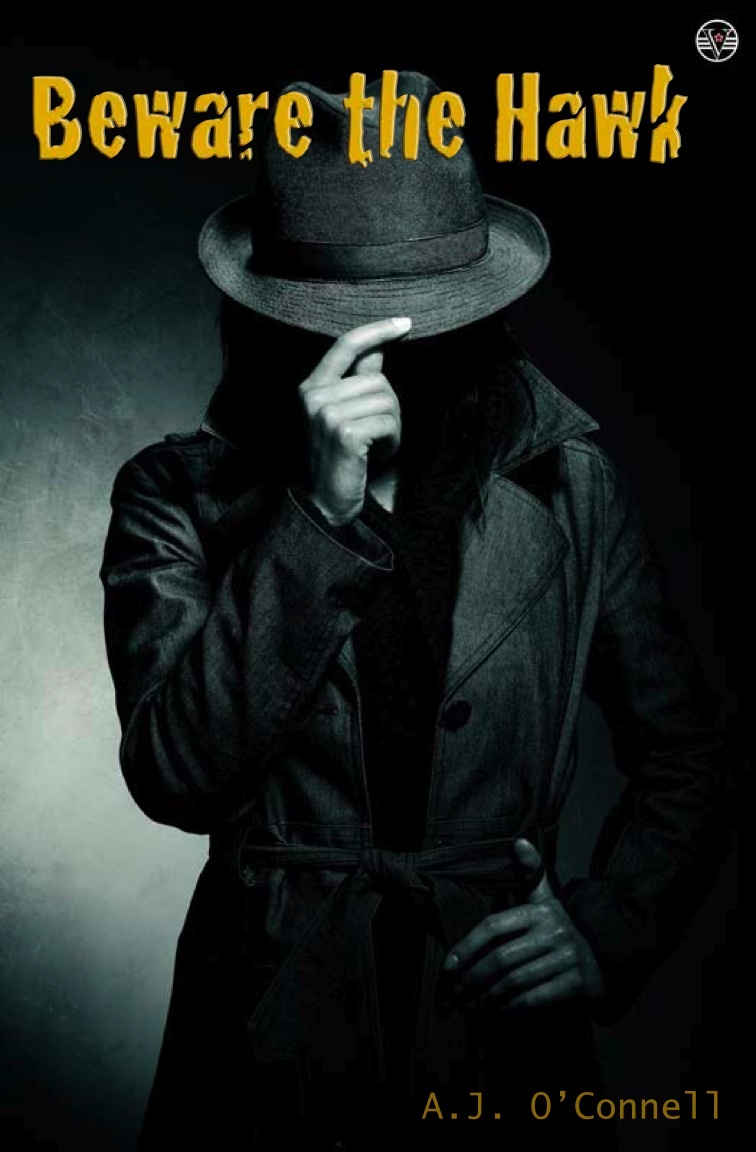So, I hear (via the #AWP12 hashtag on Twitter) that last night, Margaret Atwood brought the house down at AWP with her keynote speech.
I cried a little on the inside when I read those tweets, because I love Margaret Atwood and I’m sad that this was her year to be at AWP and my year to not go. But as I said a few days ago, just because some of us writers aren’t in Chicago doesn’t mean we shouldn’t have some knowledge dropped on us.
Earlier this week, I blogged about my fear of revising a novel and issued a plea for help. And, as always, my fellow writers came through in the clutch with all manner of advice.
Here, in no particular order, is the revision advice that I received this week. It’s enough to make a girl want to get revising right away:
“I go over my text a few times, says SickBoyMcCoy, writer of the online serial Bad Blood Bandits. “The first is just to enjoy it. If I can’t do that due to grammatical or spelling or just structure then it warrants change. The second time I go over it and look for ways to push what I have just a little further. The third time I try to detach myself from what I have written and try and think of the most radically different ways I could have told the story and if none of them outshine what I’ve done it stays. It’s enough to drive someone to drink.”
HannahKarena (whose blog is sadly no longer available for me to link to) recommended a technique she read about in No Plot? No Problem! a craft book written by Chris Baty, founder of NaNoWrioMo, (For the uninitiated, that’s National Novel Writing Month):
“I’m about to start revising my own novel this weekend–I’ve been putting it off for weeks because I’ve never done it before–but I’m going to try the index card organization of scenes method that everyone is raving about .”
E.S. Cameron recently wrote that she’s addicted to revision. Here’s her advice:
“I haven’t yet finished a first novel draft, so I haven’t yet revised one – but it seems to me that how you revise depends on where you are in the process. Start from the top and work down, from macro to micro. This is how I would approach it:
MACRO: The first thing I would look at is the story/plot, and fix any gaping holes/problems. Then I would look at form/structure: is this the best way to tell my story? If the answer is no, I would start moving things around until it worked.
IN BETWEEN: From here, I would look at elements like place/detail, character development, dialogue, etc. to make sure that I’m hitting all my targets in these areas. This step would probably involve adding a fair amount of text.
MICRO: Then I would go though chapter by chapter and start cutting mercilessly – any sentence/scene not carrying its weight would have to go. Finally, I would start doing line by line revisions, looking at my specific word choices and sentence structure, making sure that every sentence does what I need it to. (I feel strongly that people underestimate the importance of sentence structure.) This last step I would repeat as necessary.”
Matthew Dicks, author of Something Missing and Unexpectedly, Milo tweeted this advice: “Read aloud. Remind yourself that this is just the first of many revisions. Try not to hate yourself when it sounds like dirt.”
UPDATE: Whoops! Matt Dicks has also penned another book, Memoirs of an Imaginary Friend. It was released this week in other countries, but as with all delicacies (seasons of Sherlock, fashions from Europe, etc.) we will have to wait months (it releases in August) before we can get our hands on it in the U.S. European and down-under folks, go find this book! Read it, review it and don’t include spoilers!
Alena Dillon of The Time is Write has revised four full-length manuscripts. Here’s her process:
“When I’m done with my first draft, I print the whole thing out. I too am an underwriter (you mentioned that you are in a blog a few days ago), but most times I have a feeling where I’ve gipped my manuscript. For instance, if I think a theme or a character may be lacking, I’ll flip through the manuscript and highlight whenever it/he/she appears so that I can visually see its/his/her arc. Each theme or character would get its own color: green for mother, pink for loss, etc. I like to see physical presence as vividly as possible, and when I get a sense of that, then I read through and mark where I could write more (or, rarely, less), and what I could write–but I don’t actually do the writing until later. Revision takes a lot of courage and momentum, so I don’t interrupt that if I can avoid it.
If I don’t have a sense of what is needed, I’ll read a craft book, keeping my particular manuscript in mind as I read. For the novel, I read Manuscript Makeover by Elizabeth Lyons and took notes of what came to mind that my novel might need done. Then I placed those notes beside me as I read through the manuscript AND MARKED THE HELL OUT OF IT. The more cross outs, stars, arrows to the back page with a list of what is needed, the better.”
After reading all this good advice, I remembered that I myself am not completely without revision resources. One of my mentors once told me to put work away for a month, then to read the whole thing in one day as if I were reading someone else’s work. Also, Rick Moody visited my MFA program to give a lecture on revision. His lecture, I remember, was so exciting that I couldn’t wait to get out of there and revise something. I didn’t have anything to revise at the time, but I still have the notes from the lecture. I plan to re-read the notes from his lecture, re-read this blog post and get crackin’.
Maybe E.S. Cameron is right; maybe a writer can get addicted to revision.
 I’m pretty excited. Beware the Hawk was planned as an e-book and an e-book only, so it’s exciting that a print edition is being released. Since it’s a novelette, it will be a pretty slim volume, but it will be fabulous to have it, to be able to do real book signings as well as virtual signings, to carry a bunch of books around in the trunk of my car so that I can peddle them.
I’m pretty excited. Beware the Hawk was planned as an e-book and an e-book only, so it’s exciting that a print edition is being released. Since it’s a novelette, it will be a pretty slim volume, but it will be fabulous to have it, to be able to do real book signings as well as virtual signings, to carry a bunch of books around in the trunk of my car so that I can peddle them.
